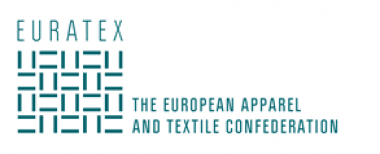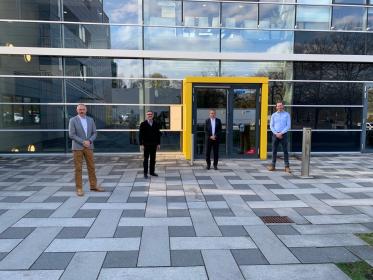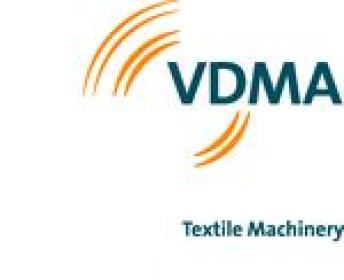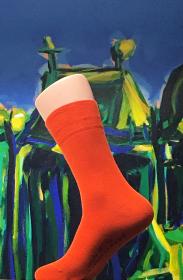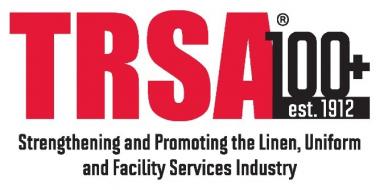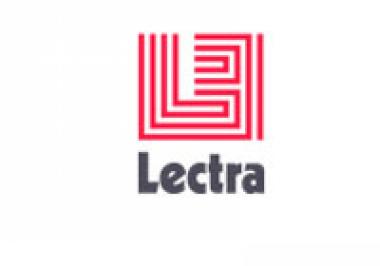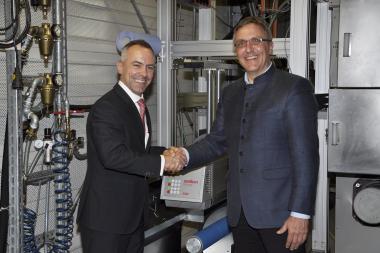DNFI Award Jury 2021 started its work
The Discover Natural Fibres Initiative (DNFI) will announce the winner of the Innovation in Natural Fibre Research Award soon. The aim of the award is to raise awareness of the achievements of the natural fibers sector by recognizing innovative and progressive work by people and institutions at the level of production and use of natural fibers. The closing date for applications was September 10.
Interest in the award was high again in 2021, indicating that research in fields involving natural fibres is robust. The applications that were received reveal a fascinating array of projects, new topics, and both private and public sector funding for natural fibre research.
There are seven finalists, and final judging is underway. The winner of the 2021 Award will be announced in early October.
The seven finalists for the 2021 Award fall into several broad categories, including traceability and the measurement of environmental impacts of natural fibres, the use of natural fibres in manufacturing biodegradable composites, and new or expanded uses for natural fibre materials. Researchers and institutions located in Australia, India, Republic of Korea, and Switzerland are among the finalists for the 2021 award.
DNFI














